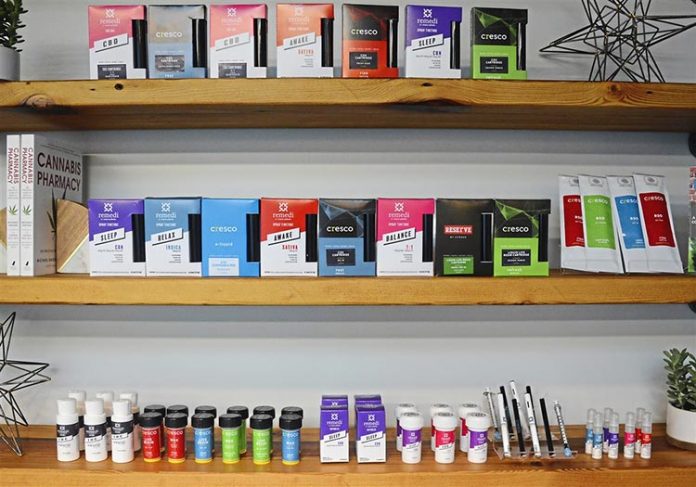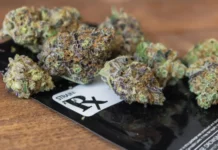Medical marijuana went on sale this week at a handful of dispensaries across Pennsylvania, but potential patients might have a tough time figuring out how much it would cost them.
It’s not just that dispensaries haven’t posted price lists.
There also isn’t clear public guidance on how much or what type of medical marijuana might be recommended for autism, cancer, epilepsy, post-traumatic stress disorder or the rest of the 17 serious medical conditions that Pennsylvania’s law covers.
The law passed in 2016 and just now hitting full implementation allows patients who have at least one of those conditions and are certified by a participating doctor get certain forms of medical marijuana from licensed dispensaries.
Insurance doesn’t cover medical marijuana, and the law specifies that it doesn’t have to, so patients who choose to use it will have to pay for it out of pocket.
Nate Wardle, spokesman for Pennsylvania Department of Health, said in an email this week that “dosage is tailored to the individual and ailment. Physicians at the dispensary will help walk the patient through that process.”
The clues
The only dispensary in Lancaster County is Cure Pennsylvania, which has set a March 7 opening date. Its spokesman told LNP last week that the typical cost of its products will be $35 to $100 per dose.
Leaders of Cresco Yeltrah, the western Pennsylvania dispensary that on Feb. 15 became first in the state to legally sell medical marijuana, have also provided some glimpses of what their prices might look like.
On Feb. 1, the Pittsburgh Post-Gazette quoted one leader as saying patients may pay $100 to $150 per month. On Thursday, the Associated Press quoted another as saying product prices range from $30 to $95.
The law allows regulators to implement a price ceiling for six months if it decides the price of medical marijuana has become unreasonable. Wardle wrote that the department “will be monitoring pricing at the dispensaries as that information becomes available.”
“This is a competitive market, meaning that as patients and caregivers determine which approved dispensary they want to purchase from, it could impact costs,” he wrote. “At this time, we cannot predict what may happen.”
Finding a doctor
Another key question as the medical marijuana program develops is whether patients can easily find participating doctors.
Regulators haven’t said much beyond repeatedly urging doctors to check out the program and consider signing up.
To date, the big health systems that employ many doctors have been notably quiet on the issue; the Pennsylvania Medical Society, which represents 16,000 doctors and medical students, opposed broad-based legalization of marijuana for medical use and called for “further adequate and well-controlled studies.”
To date, regulators said, 708 doctors have started the process required to participate in the program, and 376 — including nine in Lancaster County — have competed it.
On the patient side, regulators said more than 17,000 patients statewide have taken the first step toward participating, by registering with the state, and about 3,000 have been certified by a participating doctor and received the ID cards that will allow them to purchase medical marijuana.
Earlier in the development of the program, regulators estimated that about 1 million Pennsylvanians have conditions that could qualify them to use medical marijuana.














